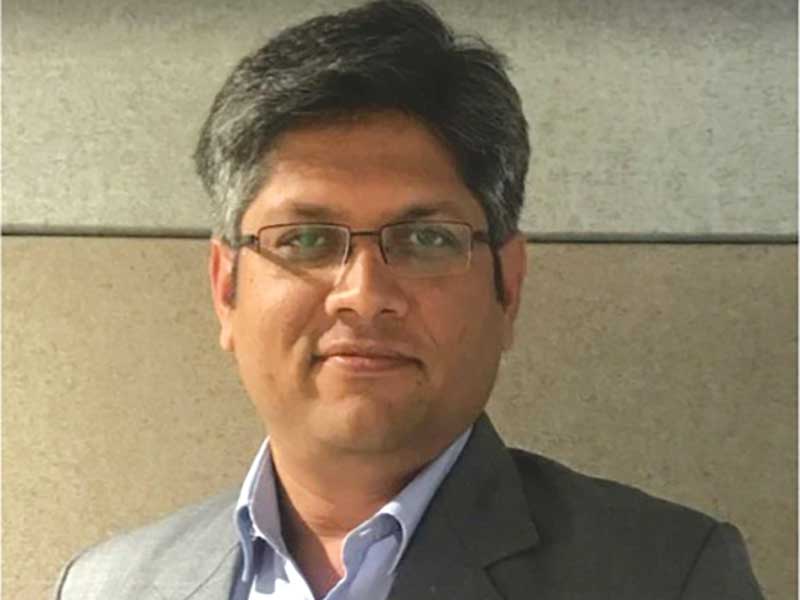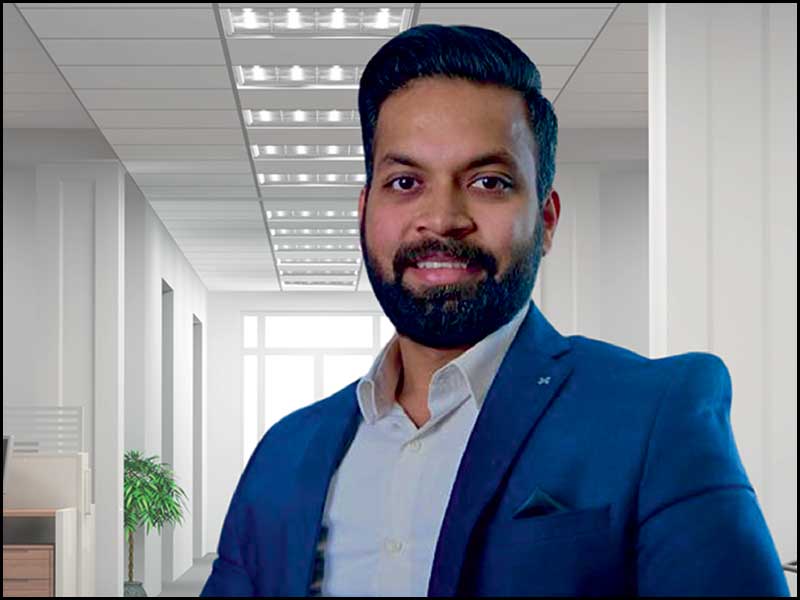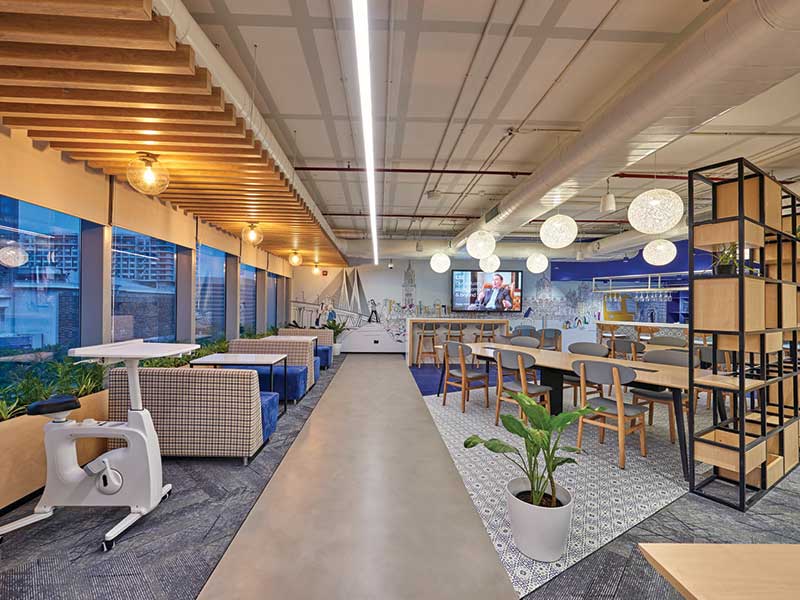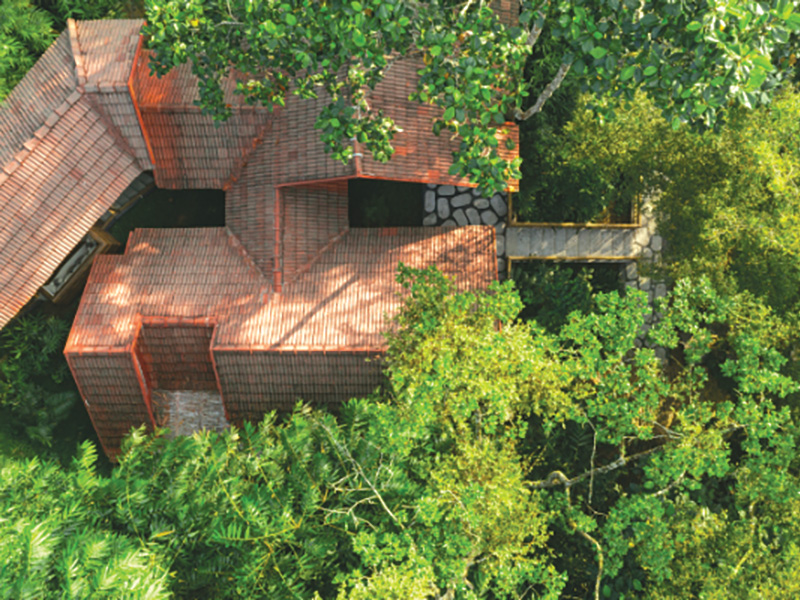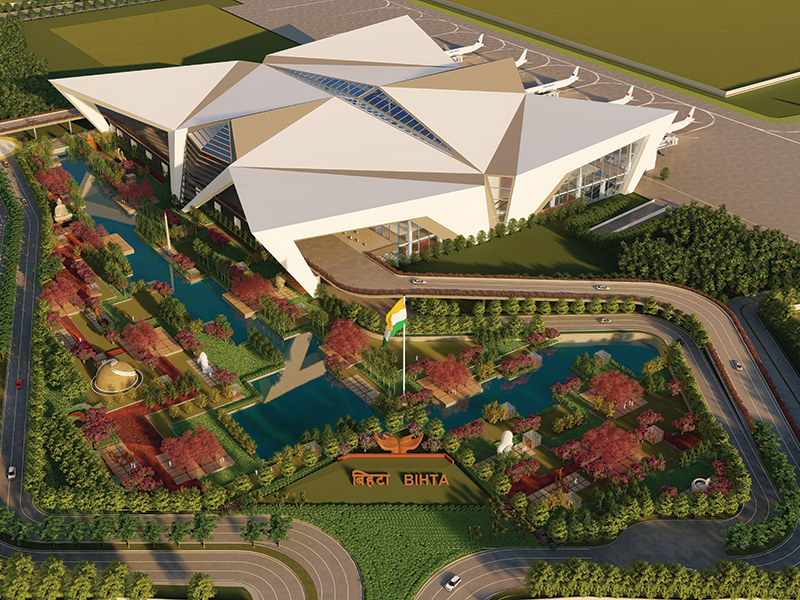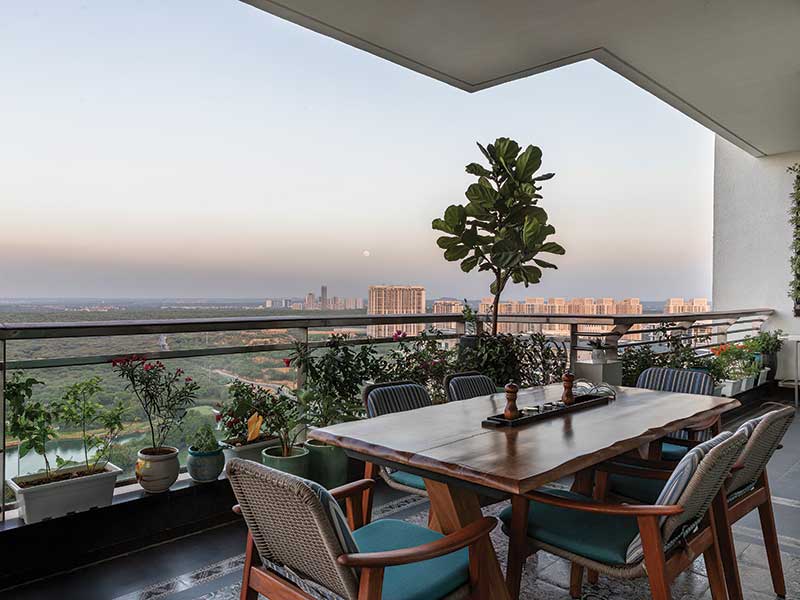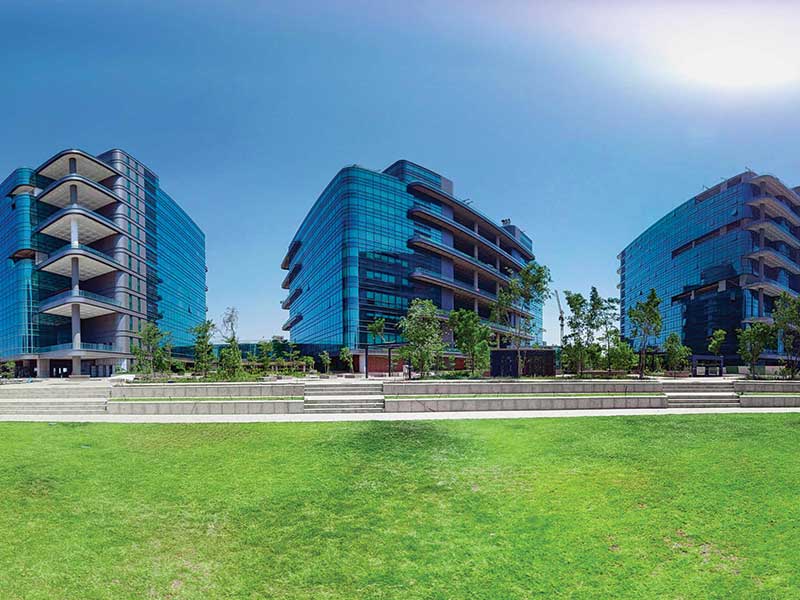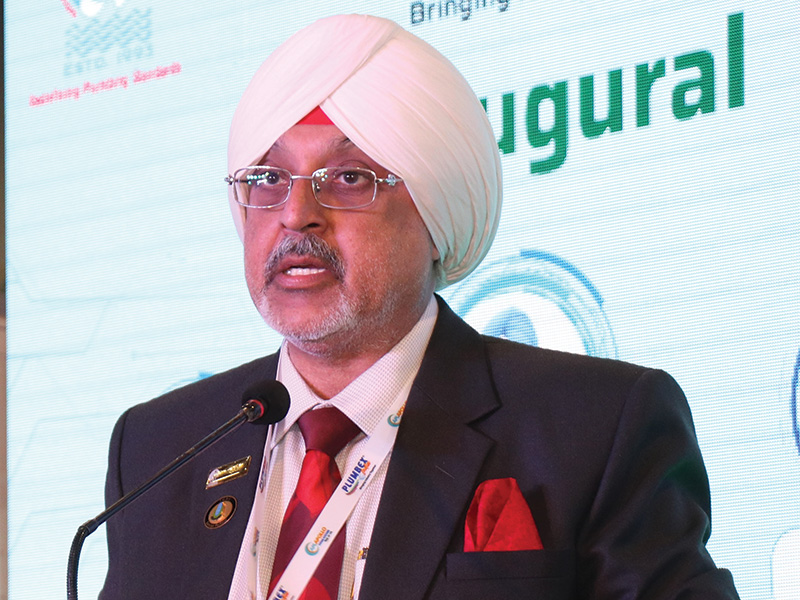Human-Centric Design
“We have social responsibilities as architects and builders. There should be a re-examination of what we consider acceptable standards in terms of quality of life,” said Ratan Tata, Chairman, Emeritus, Tata Sons, who termed the COVID-19 crisis as a wake-up call. “In the last few months, we have been humbled by the realisation that a disease could run across the globe, totally changing the dimension of how we are and what we do. I think we need to concern ourselves with the quality of lives everywhere. We need to consider urban communities as one. We’re trying to remove slums, moving them to another location, while high-value housing is being put there. The close proximity of low-value structures that we have built has become the cause of new problems. We need to look at the possibility of ownership of slums rather than rentals. Perhaps there ought to be a revision in terms of the fact that we are dealing with communities and with populations that need to be a part of the new India. And, we need to be proud of what we’re doing, of the transitions that we can make; but the transitions must be real,” he declared.
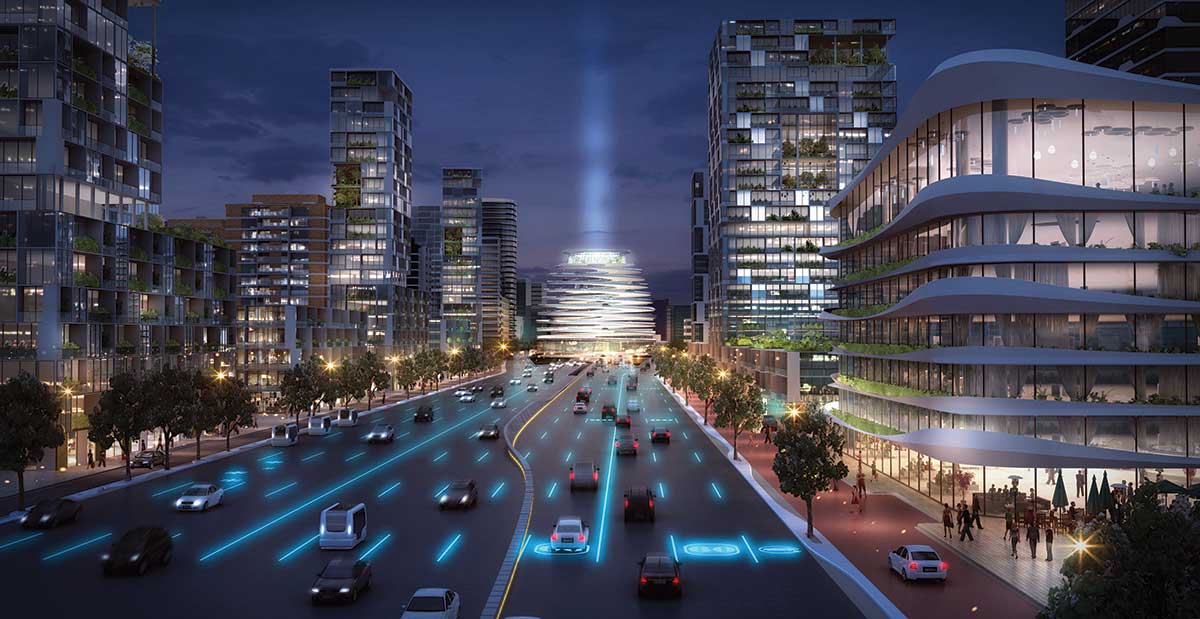 ©UNStudio Lelylaan UNS
©UNStudio Lelylaan UNSPeter Rich, Founder, Peter Rich Architects, and Jimmy Mistry, CMD & Principal Designer, Della Group, concurred that there is a huge opportunity to do something that is human-centric. Slum rehabilitation is struggling because of lack of funds and also because design has played no role in it. “Architects and interior designers have to be activists, and they need to work together to become problem solvers and give design solutions. We must work in collaboration with engineers and developers. It’s important to talk to communities and make them part of what we are doing. We have to address the problems of the poor who do not have proper infrastructure.”
Redesigning Cities
“Zero Waste Architecture and Vertical Cities are the solution for sustainable development,” opined Architect Hafeez Contractor. The main challenge for architects and designers is how we are taking care of our population’s employment, food and housing. We are focusing on zero wastage designing, compressing the architecture without compressing the size of the room. Eliminating unnecessary spaces for more compact and efficient houses is the new norm today. The price is very important but at the same time, we want facilities. Small buildings will not be an answer. We will have to move at lightning speed. There will be completely new materials, like carbon concrete, which will enable 200-storey buildings! It will have to be completely self-contained, a city within a building. We have to leave the land in its natural from for rivers and growing food, live in a different way.”
Hafeez underlined the challenges of housing today’s 1.3 billion population. “We have to look at urban spaces, our urban fabric, and how we will design new cities. Land is a precious commodity that cannot be manufactured. We have to change our laws, how we design our cities will trickle down to urban spaces,” He also called for a revamp of architecture education. “We see what is happening in colleges right now, in some of them the final year students can’t even draw. Something needs to be done about architecture education.”
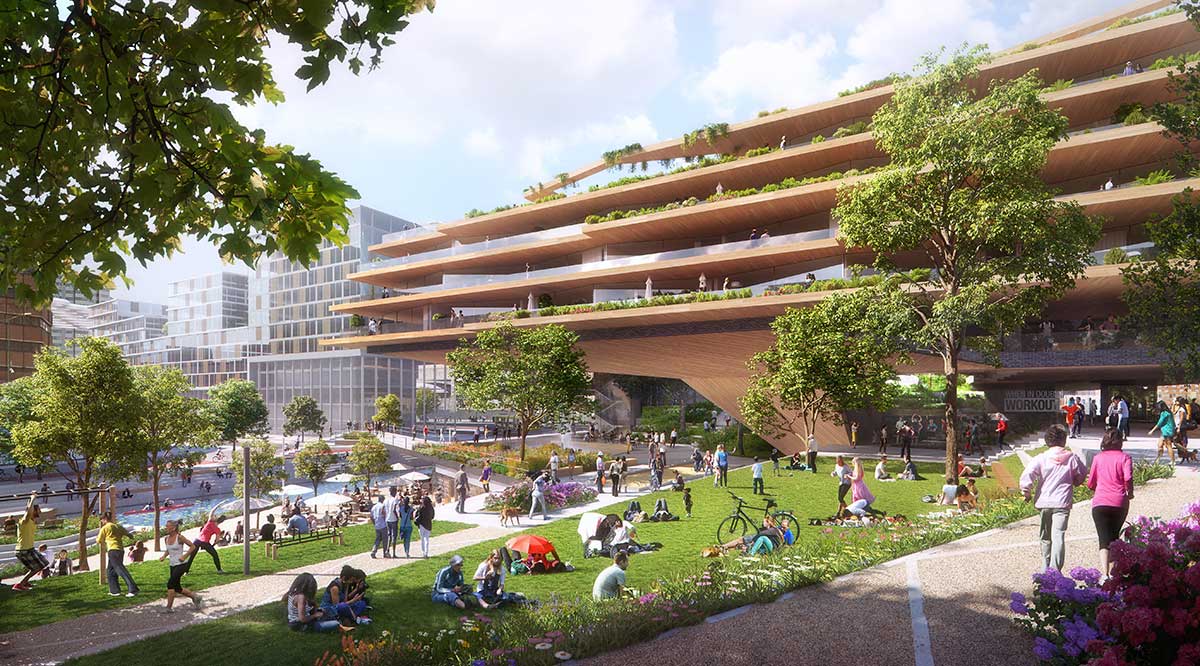 UNStudio - Smakkelaarsveld - Steps - ©Plompmozes
UNStudio - Smakkelaarsveld - Steps - ©PlompmozesArchitect Reza Kabul explained, “No doubt, we have to go vertical but vertical with digital is important. People would prefer a digital meeting rather than travelling. The amount of energy and carbon footprint that can be saved will be massive. We should do mixed-use cities, where we do not have much need for transport. Do more vertical cities, satellite cities. In modern times, our public spaces represented shared values. The outbreak of coronavirus has raised many questions on the role of public spaces. Home is the only safest place suddenly.”
Vijayshree Pednekar, Urban Transport Planner, The Urban Project, opined, “I think people are going to claim back their spaces and cherish it. We need to work at the neighbourhood level. At times of emergency, people at the local level can work efficiently. If we’re looking at urban areas, we have to look at all the urban areas; we have to take a collaborative decision. Today it is COVID-19, tomorrow it will be something else.”
Vishal Shah, Founder, Aangan Architects, said, “There are two things we are looking at - how collectivism and individualism are looked at in urban spaces. Open spaces are very important for the health of the community. We have to look at it from a very different perspective. Our public spaces are not only parks and gardens; they are streets and railway stations as well. Public spaces are going to see a big turnaround. We will have to look at the densities of cities in a good manner. We can’t keep endlessly spreading. We have large cities like Mumbai and Bangalore but there are Tier 3 cities also. Stronger neighbourhoods and more self-sufficient and should be encouraged.”
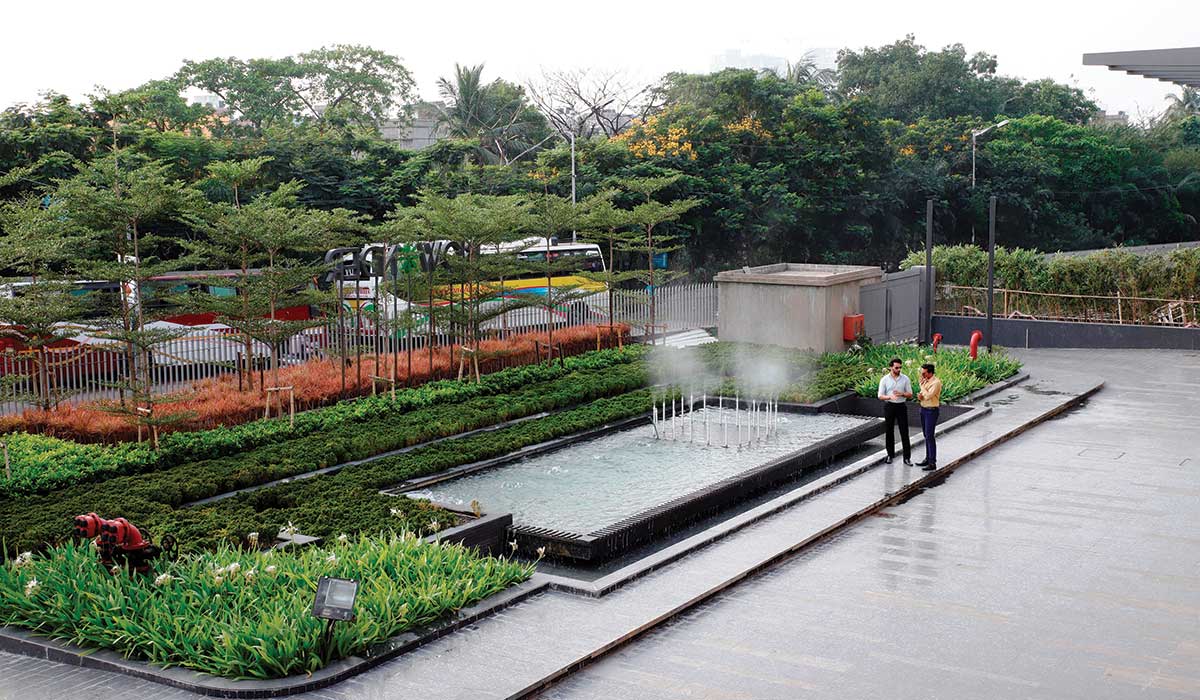
Srivathsan, Executive Director, Centre for Research on Architecture and Urbanism, underlined that blended learning is going to be the norm. “Institutions are communities of learning, particularly for design learning, you need to come together. The institutional nature is one that is agile and can readjust.” Shahram Randeria at Equals to Design, said that every region has its own individuality identity and its own culture and the design community needs to bring back the people together.”
Affordable Housing
Rahul Rai, Head, Real Estate Investment, ICICI Prudential AMC, felt that the COVID-19 crisis could affect the migration to major cities, which was happening till now. People will go back to home towns rather than being stuck in a big city. Amol Shimpi, Associate Dean & Director, RICS SBE, Amity University, Mumbai, recommended that the construction industry should invest more and more in affordable housing. Developers will have to generate more and more jobs. From the government’s side, zero window clearance is required, instead of single window clearance. Venkatesh Gopal Krishnan, CEO, Shapoorji Pallonji Real Estate, said that tax credit coupled with a combination of reduction in mortgage rates and incentives will be important in the coming time.
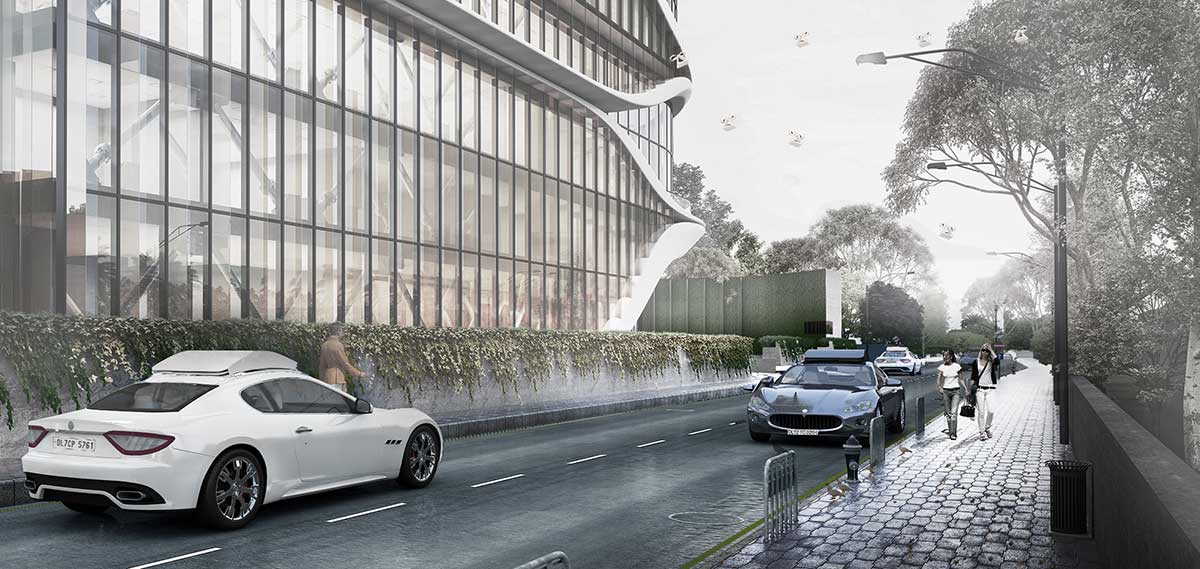
Designing the Home Office
Sanjay Ghodawat, Group Chairman, Sanjay Ghodawat Group of Industries, pointed out that people will prefer working from their home. Instead of bigger offices they will use smaller offices. Amit Jain, CEO, CorpGini & Z Nation Lab, said, “It’s clear that we should have more open and more of larger spaces to store in and study. There is a new concept of a study or small offices space in an apartment.” Mayur Shah, Managing Director, Marathon Group, opined that the work from home concept has limited scope and is a temporary phenomenon. “When the work activity has to be done in collaboration, people will have to come back to office spaces,” he said.
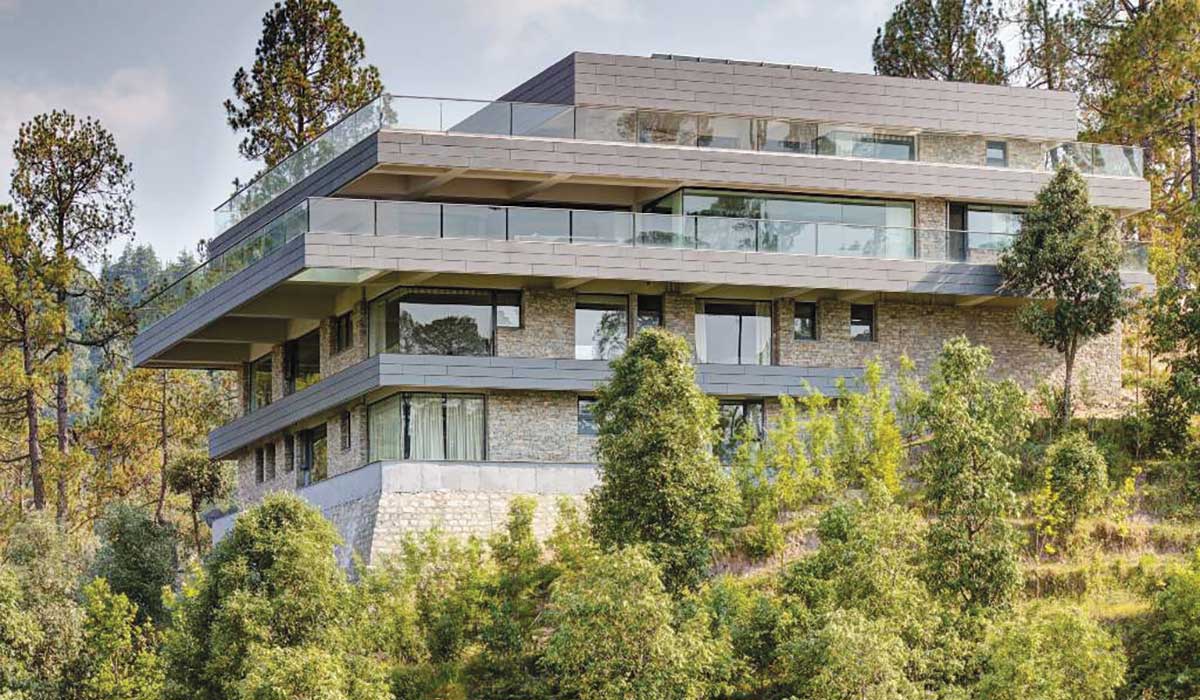
Focus on Technology
Technology will be extremely relevant going forward along with digitization of the sales and marketing process, while enhancing customer experience and journey. With limited scope to work from home, office spaces will be required for collaborative work. While reverse migration will be limited, decongesting major cities may be possible wherever jobs can shift to ‘work from home’ mode.
According to Utsav Mathur, CEO, GMetri, “The onus is on designers to rise to this occasion; it is a resurgence of the designer and architect as a problem solver.” He opined that technology would play an important role in the process going forward. “Newer technologies may see a surge. Ideas are going to gain more importance. The problem of migrant labour persists but there will be a rise of customisation. Massive re-skilling of labour is required with Virtual and Augmented Reality coming into the picture. Designers would need to research and collaborate and come together as a community post-COVID-19. All of sudden people are going digital. Remote working is the new norm. Lots of sectors are going remote. Priorities have shifted, we need to stay home, stay safe.”
Dushyant Asher, Principal Architect and Co-founder, The Urban Project, pointed out that currently, we’re still doing a lot by hand, while on the other hand, we’re seeing a lot of technologies emerging. There needs to be a fundamental shift in the materials we choose and subsequently, the technologies we use.
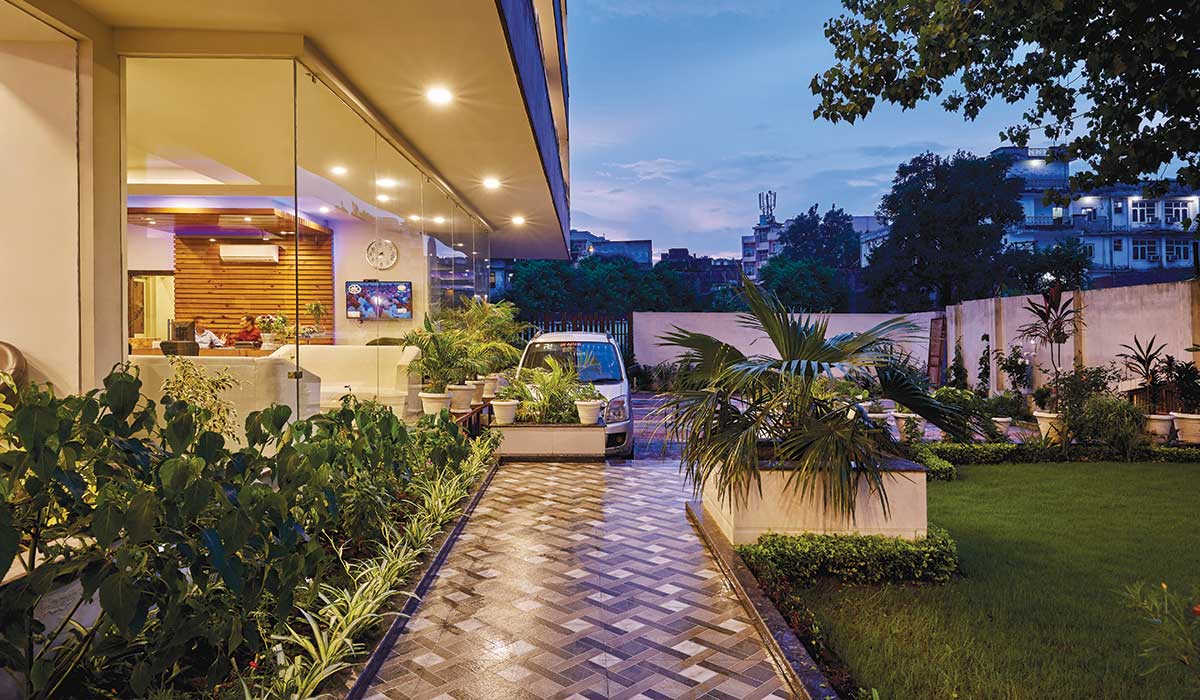
Krishnan V., Partner at Krishnan Parvez Architects, concurred. “There’s going to be a huge difference on how we look at projects now. Skills need to be upgraded with time. Technology can make them more fool-proof, errors can be easily detected by technology. How hygiene is looked at as a part of the design is really important and a major problem that needs to be addressed,” he said.
Senthil Kumar Doss, Principal Architect and Founder at Play Architecture, recommended that we should look at technology in two different ways - technology which will take you global, and technology that will take you local. We need to keep connected to the past and look forward to the future.
Sharat Goyal, Managing Director & Head - India, AMP Capital, underlined that while leveraging technology will be important, the experience that you are able to deliver through technology will be critical. Government support in terms of reducing mortgage rates or GST will be essential for real estate, so technology will have to be backed by supportive policies. The authorities will have to make it attractive to invest in real estate through tax incentives, reducing the time taken during the policy decision making process, giving approvals, etc. There is a need to ignite demand across segments; better planning, enhanced productivity, and compact housing – all of which can make a difference
Anil Goel, MD, Hettich, emphasised on two issues: first, each company will have to look into the supply chain, and secondly, every company will have to work more on automation. Everyone will have to take a relook at their approach.
Article Source: CorpGini’s virtual panel discussion on the ‘Future of Design & Construction’

